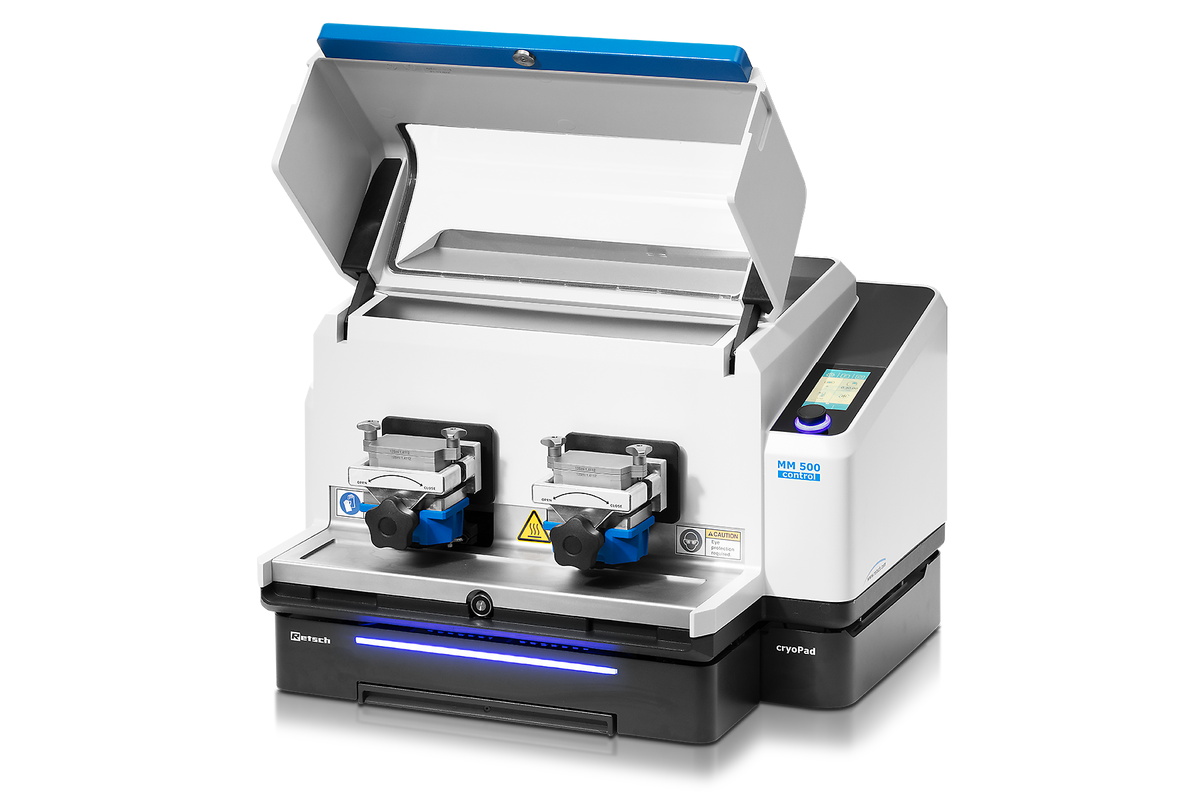Unlocking Battery Potential: Why Ball Milling Is Powering the Next Generation of Energy Storage
July 15, 2025
.jpg)
As the world races toward electrification, lithium-ion batteries are being pushed to new limits – higher capacity, faster charging, and longer lifespans. Behind the breakthroughs in chemistry and cell design lies a crucial enabler: particle engineering.
At the heart of that process is a trusted workhorse – the ball mill.
What Is Ball Milling – and Why Does It Matter?
Ball milling is a mechanical process used to reduce the particle size of solid materials. In the battery industry, it's much more than just grinding – it’s an essential tool for:
- · Activating surfaces of powders
- · Homogenizing slurries
- · Enabling solid-state synthesis
- · And even coating or modifying particles
By carefully controlling particle size, surface area, and morphology, ball mills help optimize electrode behavior, electrolyte interactions, and even cycling stability – all of which impact real-world battery performance.
How Do Ball Mills Support the Battery Value Chain?
Ball mills play a role at every stage of battery innovation – from material development to recycling:
1. Active Material Synthesis
High-energy ball mills like the RETSCH Emax allow researchers to synthesize novel cathode materials via mechanochemical methods. This dry, solvent-free approach is not only eco-friendly but also enables materials with unique properties that are hard to achieve using traditional wet chemistry.
2. Particle Size Optimization
Cathodes like NMC and anodes like graphite or silicon must be milled to precise size ranges. Too coarse, and you risk poor energy density. Too fine, and you lose conductivity or encounter agglomeration. Ball mills offer tight control to hit the “sweet spot.”
3. Slurry Homogenization
Before being coated onto current collectors, battery slurries must be well-mixed. Planetary ball mills ensure uniform particle dispersion, leading to smooth, consistent coatings with fewer defects.
4. Recycling and Recovery
Spent batteries are crushed and milled to recover valuable metals. Cryogenic ball milling, for instance, allows for low-temperature size reduction of plastic-encased battery components, improving yield and purity.
From Cryo to High-Energy: Solutions for Every Stage

- · CryoMill: Ideal for polymers and heat-sensitive materials
- · MM 500 nano: Ultra-fine grinding at nanoscale
- · Emax: High-energy milling for rapid mechanochemistry
- · PM series: Planetary mills for routine powder preparation and mixing
With accessories like temperature-controlled jars, automated grinding protocols, and contamination-resistant materials (e.g., zirconia or tungsten carbide), these mills are tailored for demanding battery R&D environments.
Milling Toward Better Batteries
From the outside, a ball mill might look like a simple machine – but in the battery world, it’s a precision tool shaping the materials that define energy storage innovation.
For more details and study case data, download the full Retsch whitepaper:
Unlocking the Potential: The Role of Ball Mills in Battery Technology (PDF)

Call Today 1-800-661-6700